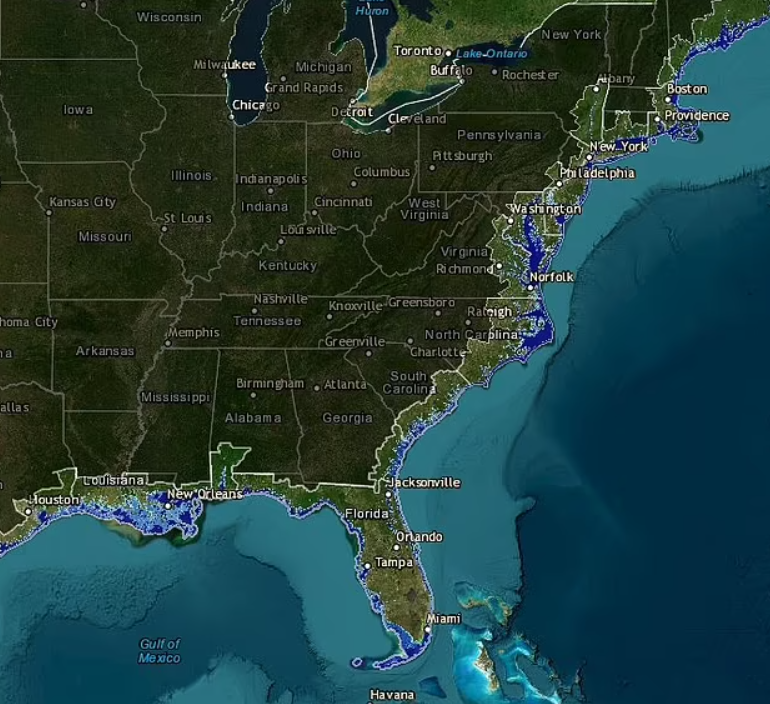News
"Doomsday Glacier" in Antarctica is melting much faster than previously thought: scientists explain the threat to the world
Researchers at the University of California (UC) have discovered that the Antarctic "Doomsday Glacier," officially known as the Thwaites Glacier, is melting faster than previously thought. Data from the National Oceanic and Atmospheric Administration show that a possible 60 cm rise in sea level will lead to the flooding of many coastal cities in America, including Miami, New York, and New Orleans.
The "Doomsday Glacier" in Antarctica was named for its ability to raise sea levels by more than half a meter. Warm seawater flows for kilometers beneath it, causing "intense melting," according to MailOnline.
The team of scientists used satellites and radar technology to track changes in surface elevation and found that water has lifted parts of the glacier by about seven miles. These findings may require a reassessment of global sea level rise projections, as the researchers predicted that Thwaites could retreat more than 0.5 meters each year under the influence of warm seawater.
"The Thwaites is the most unstable place in the Antarctic and contains the equivalent of 60 centimeters of sea level rise. The concern is that we are underestimating the rate of change of the glacier, which will be devastating for coastal communities around the world," said Christine Dow, a professor at the University of Waterloo, Ontario, in a statement on the study.
The team determined that seawater comes from the base of the ice sheet and, combined with freshwater generated by geothermal flow and friction, accumulates and "has to flow somewhere." The water is then distributed through natural channels or collected in cavities, creating enough pressure to lift the ice sheet.
"There are places where the water is almost equal to the pressure of the top ice, so it only takes a little more pressure to lift the ice. Then the water is compressed enough to lift the ice column by almost a kilometer," says lead author Eric Rignot, professor of earth science.
Researchers have been observing the impact of climate change on ocean currents for decades, finding evidence that warmer seawater is being pushed to the shores of Antarctica and other polar regions. West Antarctica, home to the "Doomsday Glacier," has particularly experienced warming over the past 50 years.
Previous studies have shown that rising temperatures are heating the oceans, making them less cold and less likely to sink. Without the immersion of cold water, ocean currents can slow down or stop in one place, which explains why warmer seawater does not move quickly through Antarctica.
Only verified information is available on the OBOZ.UA Telegram channel and Viber. Do not fall for fakes!





























